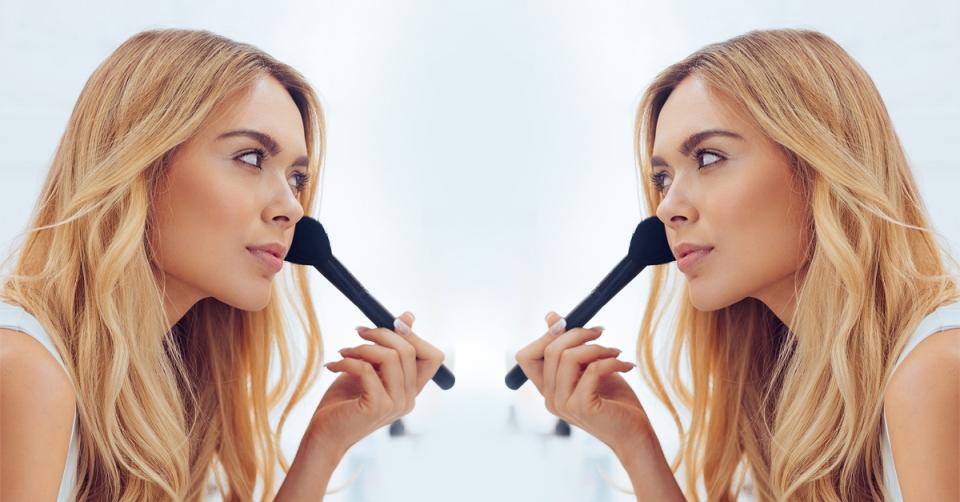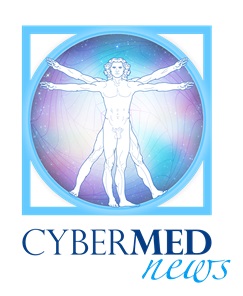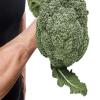 Share on Facebook
Share on Facebook

It’s commonly used in cosmetics in place of parabens, but is this alternative preservative safe?
What is it?
Phenoxyethanol is a synthetic chemical widely used as a preservative in cosmetics and personal care products and as a fixative in perfumes. An oily, colorless liquid with antimicrobial activity, it can also be listed on the label as 2-phenoxyethanol, PhE, ethylene glycol monophenyl ether, rose ether or as Euxyl K® 400, which is mixture of phenoxyethanol and dibromodicyanobutane (also known as methyldibromo glutaronitrile). It appears to be increasingly used in place of parabens, which have been fingered as key chemicals of concern in recent years. But questions have been raised over the safety of phenoxyethanol too, and there's much debate online as to whether this alternative preservative should be applauded or avoided.
Where can you find it?
Shower gel, shampoo, toothpaste, body cream, sunscreen, lipstick, nail polish, perfume, soap, hand sanitizer, facial wipes, baby wipes and more. In one 2019 study analyzing the labels of nearly 300 cosmetic products from shops in Italy, phenoxyethanol was found in almost half of them, mostly in leave-on products (as opposed to ones you rinse off) and makeup.1 In the EU and Japan, its concentration in cosmetics is restricted to 1 percent.
How to avoid phenoxyethanol
Read the label
It can be hard to spot phenoxyethanol on a product's ingredients list as it goes by so many different names. Some of the ones to watch out for are 2-phenoxyethanol, PhE, ethylene glycol monophenyl ether, rose ether, Euxyl K® 400, Dowanol EP/EPH and Protectol PE.
Choose 100% natural cosmetics and personal care products
A number of natural beauty and baby care companies are choosing to avoid phenoxyethanol in favor of natural preservatives like essential oils, plant extracts and vitamins. Check out our Healthy Shopping pages each month, which only include all-natural, phenoxyethanol-free cosmetics and toiletries. Some of our favorite brands include Pai, Odylique, Weleda and Lavera.
Look for certified products
If in doubt, check if a product has the seal of approval from one of the strict certification bodies for natural and organic cosmetics that do not allow phenoxyethanol as part of their standards. These include Ecocert, NaTrue and the Soil Association.
Choose water-free formulas
Some companies have reduced or eliminated the need for preservatives in their products by formulating them without water. These tend to be balms, a combination of butters, oils and waxes, such as those sold by Inlight Beauty, Balm Balm, Balmology and Lyonsleaf.
What's wrong with it?
Much of the concern over phenoxyethanol stems from reports of the chemical causing allergic reactions. It's been found to trigger contact urticaria (immediate swelling and redness of the skin), contact dermatitis (when the reaction develops hours to days after contact with the substance) and has even led to anaphylaxis, a life-threatening allergic reaction, in one case.2
Euxyl K 400, which contains phenoxyethanol, was named one of the top 10 contact allergens by researchers at Ludwig Maximilian University of Munich in Germany, who analyzed data from nearly 10,000 patients.3
Beyond allergic reactions, phenoxyethanol has been found to have neurotoxic effects (albeit in an animal study, which may not apply to humans),4 and may impact the nervous system of young children.
As reported by the Campaign for Safe Cosmetics, in 2008 the US Food and Drug Administration (FDA) warned consumers not to purchase Mommy's Bliss Nipple Cream, as phenoxyethanol in the cream was depressing the central nervous system and causing vomiting and diarrhea in breastfeeding infants.5
Although the European Scientific Committee on Consumer Safety (SCCS) has concluded that phenoxyethanol is safe for use in cosmetics at concentrations of 1 percent or lower for all age groups, the French National Agency for the Safety of Medicines and Health Products has called for the concentration to be lowered to 0.4 percent in cosmetic products for children under three years old.6
What can you do about it?
You may not have any issues with phenoxyethanol if you don't have a history of skin allergy and you aren't planning to use products containing it on young children or while breastfeeding (and bear in mind the evidence is still inconclusive). However, there are plenty of alternative options if you'd rather avoid it. See our top tips, left.
References
1 J Prev Med Hyg, 2019; 60: E50-7
2 J Dermatol, 2016; 43: 318-20; Dermatitis, 2009; 20: E10; J Investig Allergol Clin Immunol, 2010; 20: 354-5
3 Dtsch Med Wochenschr, 2006; 131: 1584-9
4 Arch Toxicol, 1999; 73: 55-9
5 FDA, Press announcement, May 23 2008
6 SCCS, Opinion on Phenoxyethanol, Oct 6 2016
https://www.wddty.com/lifestyle/2019/10/the-truth-about-phenoxyethanol.html?utm_source=Boomtrain&utm_medium=email&utm_campaign=enews_16042019&bt_ee=kJ%2BsWGxHevJlmPaq8ZpwEOaumVztqo8StfJAHCtidcnun5N%2B2RmOI8fgAnNecYz8&bt_ts=1570794037257




